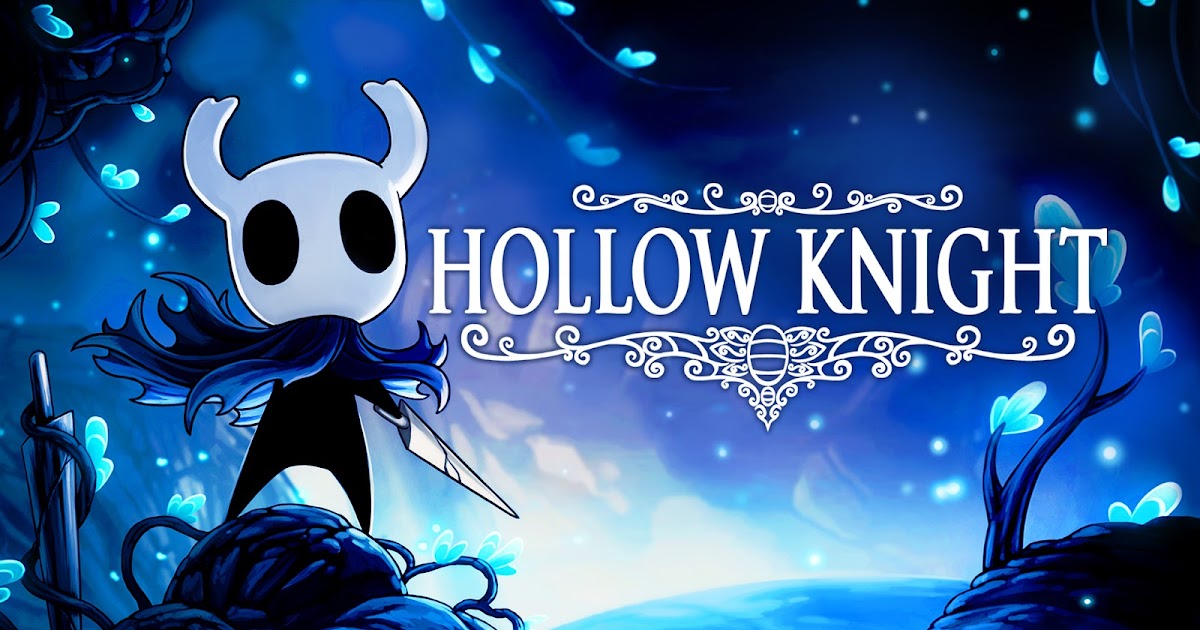Understanding Hollow Endings: A Deep Dive Into Narrative Techniques
Hollow endings are a fascinating narrative technique that can leave readers pondering long after they have turned the last page. This literary device often evokes mixed emotions and sparks intense discussions about the implications of a story's conclusion. In this article, we will explore the concept of hollow endings, examining their characteristics, significance in storytelling, and examples from literature and cinema. By the end, you will gain a comprehensive understanding of how hollow endings can shape narratives and affect audience engagement.
As we delve deeper, we will analyze why authors choose to employ this technique and how it can serve various storytelling purposes. Hollow endings challenge readers to think critically about the themes and messages conveyed throughout the narrative. Furthermore, we will highlight the impact of hollow endings on different genres and their role in shaping audience expectations.
Join us on this journey as we dissect the intricacies of hollow endings, providing insights that will enhance your appreciation for storytelling. Whether you are a writer, a reader, or simply someone interested in the mechanics of narrative, this article will equip you with the knowledge to understand and identify hollow endings in your favorite stories.
Table of Contents
- What is a Hollow Ending?
- Characteristics of Hollow Endings
- Significance of Hollow Endings in Storytelling
- Hollow Endings in Literature
- Hollow Endings in Film
- Hollow Endings Across Different Genres
- Audience Reactions to Hollow Endings
- Conclusion
What is a Hollow Ending?
A hollow ending refers to a conclusion in a narrative that lacks a definitive resolution or closure. Instead of neatly wrapping up all plot threads, a hollow ending leaves significant questions unanswered, inviting readers to interpret the ending in their own way. This technique can create a sense of ambiguity and provoke thought, as readers are forced to confront the complexities of the narrative rather than being handed a straightforward conclusion.
Characteristics of Hollow Endings
Hollow endings often share several key characteristics:
- Ambiguity: The ending does not provide clear answers, leading to multiple interpretations.
- Open-endedness: The story leaves room for the reader's imagination, suggesting that life continues beyond the narrative.
- Emotional Impact: The conclusion may evoke strong feelings, whether it be confusion, frustration, or contemplation.
- Thematic Depth: Hollow endings often reflect complex themes, such as the unpredictability of life or the nature of human existence.
Significance of Hollow Endings in Storytelling
Authors employ hollow endings for several reasons:
- Encourage Reflection: By leaving questions unanswered, authors invite readers to reflect on the story's themes and characters.
- Challenge Expectations: Hollow endings subvert traditional narrative structures, challenging readers' expectations for closure.
- Enhance Realism: Life is often unpredictable, and hollow endings can mirror this reality, making stories feel more authentic.
Hollow Endings in Literature
Many renowned literary works feature hollow endings that have sparked discussion and debate among readers. Some notable examples include:
- The Giver by Lois Lowry: The ambiguous ending raises questions about the nature of freedom and choice.
- The Road by Cormac McCarthy: The story concludes with unresolved tensions, leaving readers to ponder the fate of humanity.
- 1984 by George Orwell: The ending's bleakness prompts reflection on totalitarianism and individual agency.
Hollow Endings in Film
Hollow endings are also prevalent in cinema, often leaving audiences with lingering questions. Some notable films include:
- Inception: The film's final scene leaves viewers questioning the nature of reality and dreams.
- Blade Runner: The ambiguous fate of the protagonist invites audiences to contemplate the nature of humanity.
- Lost in Translation: The unresolved relationship dynamics challenge viewers to interpret the characters' emotional journeys.
Hollow Endings Across Different Genres
Hollow endings can be found in various genres, each utilizing the technique to enhance storytelling:
- Literary Fiction: Often employs hollow endings to explore complex themes and character development.
- Thriller: Ambiguous conclusions can heighten suspense and leave audiences questioning motives.
- Science Fiction: Frequently uses hollow endings to challenge perceptions of reality and future possibilities.
Audience Reactions to Hollow Endings
Responses to hollow endings can vary widely among audiences:
- Frustration: Some readers may feel dissatisfied by the lack of closure.
- Intrigue: Others may appreciate the depth and complexity, engaging in discussions about interpretations.
- Contemplation: Hollow endings often encourage reflection on personal beliefs and experiences.
Conclusion
In summary, hollow endings serve as a powerful narrative technique that can evoke a range of emotions and provoke thought. By defying traditional storytelling conventions, authors challenge readers to engage with the material on a deeper level. Whether you're a writer seeking to experiment with this technique or a reader looking to understand the mechanics of narrative, recognizing the significance of hollow endings will enhance your appreciation for storytelling.
We invite you to share your thoughts and experiences with hollow endings in the comments below. What are some of your favorite examples? Don’t forget to explore other articles on our site for more insights into the world of literature and storytelling!
Unveiling The Genius Of Elon Musk: The Visionary Behind SpaceX And Tesla
Discovering Liliana Blaj: A Journey Through Her Life And Career
Understanding The Gutfeld Contract: Insights And Implications


